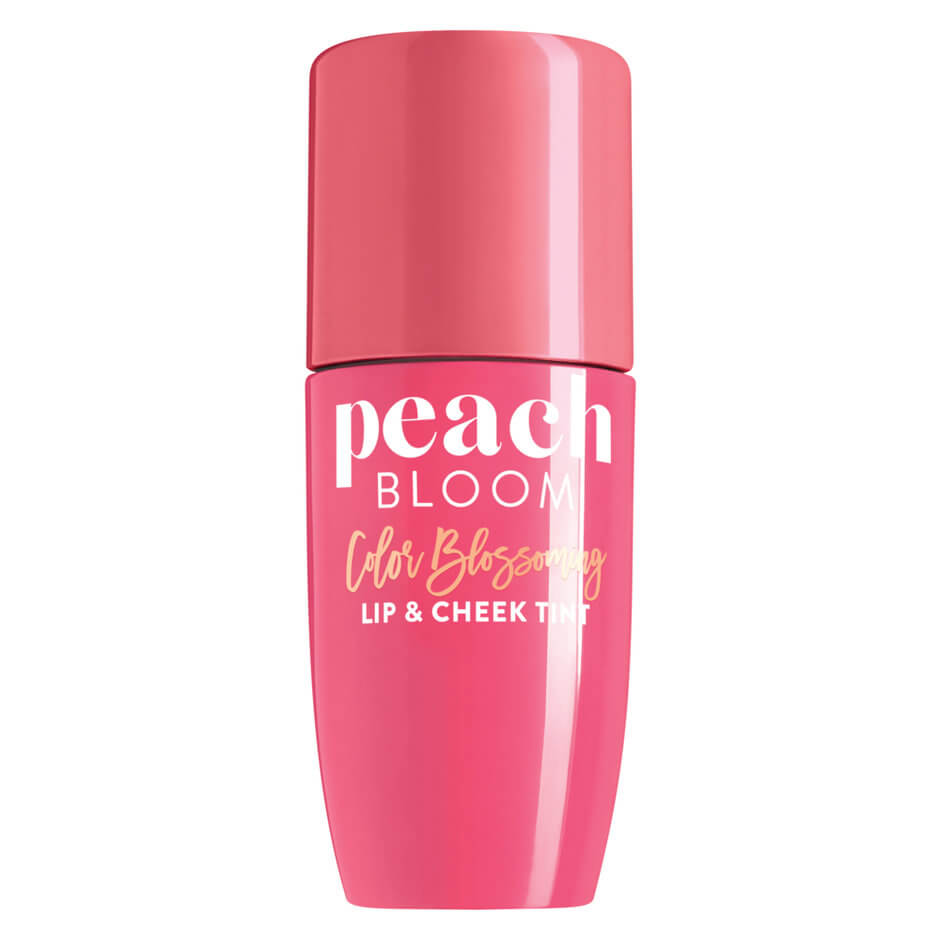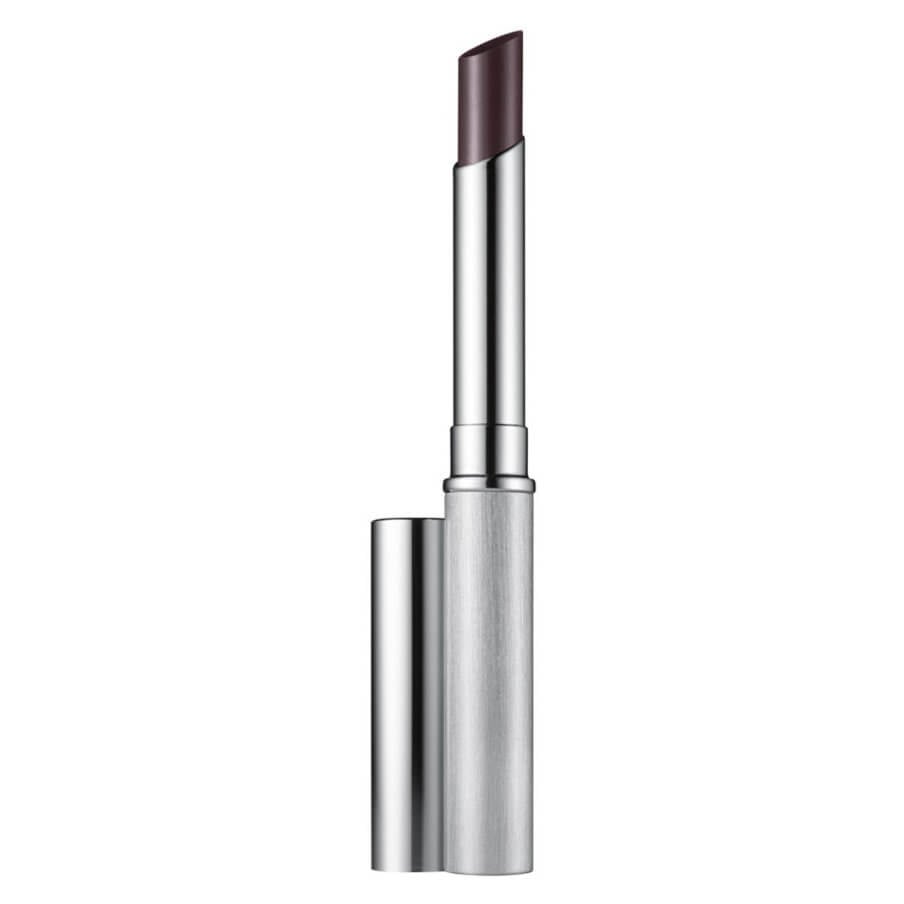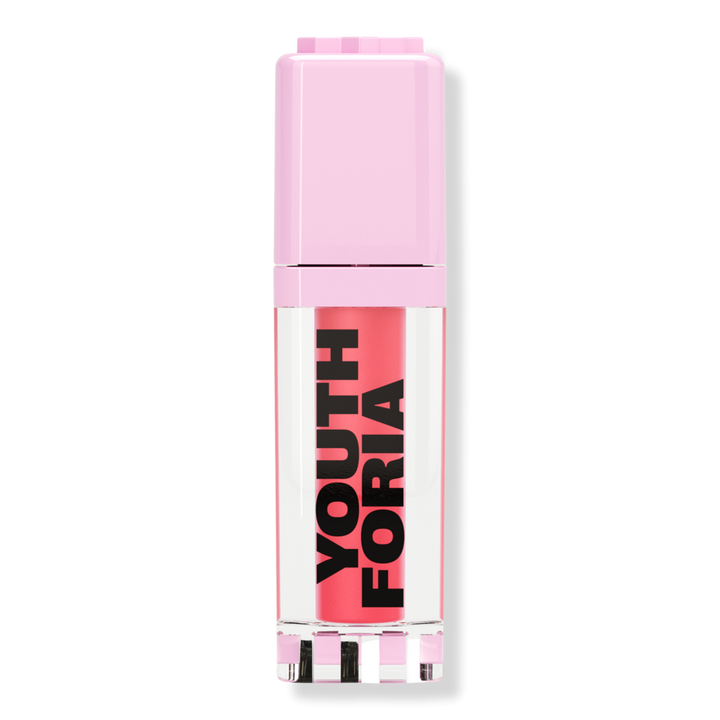It should be no surprise to anyone that I am obsessed with magic. I'm not talking about witches or Houdini. But rather, chemical magic.
I was never any good at science, but I always loved the baking soda and vinegar volcanoes in school. Anything colour-changing was my jam: a cup, a straw, a mood ring, not to mention the Wild! Magicburst Pop Tarts with colour-changing sprinkles. And now, we're being served beauty products which do the same.
Every few years when a brand launches colour-changing (also known as pH-activated) makeup, I've found myself intrigued by the idea and what exactly that means. From Youthforia to Kylie Cosmetics, a handful of brands are jumping on the pH makeup bandwagon with blush and lip gloss — and TikTok is sold. So of course, I had to ask the experts about why these products react to your skin’s pH — and how the science-y magic works.
AdvertisementADVERTISEMENT
What is pH, and why do we care about it?
Let’s go back to high school chemistry classes. pH is a measure of acidity. In layman’s terms, it notes how acidic or basic a solution is. It's a common measure used in beauty in reference to skin and skincare products. pH measured on a 1-14 scale with 7 being neutral. A pH less than 7 indicates acidity and a pH greater than 7 indicates alkaline.
“Soda, tea and our skin are on the acidic side, whereas baking soda, and bleach are on the basic side,” explains Krupa Koestline, clean cosmetic chemist and founder of KKT Consultants. “When it comes to beauty products, pH is an important part of the effectiveness of ingredients, the stability of a product and the safety of it.”
@kali.ledger Hands down the easiest dewy blush, that actually lasts but stays dewy 🤭✨#greenblush #dewyskin #dewyblush #makeuptutorial #youthforia ♬ original sound - KALI
What does my pH have to do with my skin?
You see the term ‘pH-balancing’ a lot on skincare labels, but it can be confusing as to what that actually means. Basically, you want your skin to be balanced because the skin’s natural acidity helps to keep in moisture and prevent infection. It supports that cute little skin barrier of yours. The ideal pH range for the skin is between 4.7 to 5.5. “The products we use on our skin can dramatically affect the pH and cause irritation, dryness, breakouts and inflammation if they are too harsh,” shares Gloria Ryu, SVP of product and innovation at Haus Labs.
How exactly does pH-reactive makeup work?
Much like everything else in makeup, it’s dye! Your skin is reacting to dye. Some dyes can be colourless, weak acids that turn into coloured pigments when applied on the skin. They react differently at different pH levels. “These dyes are able to act like pH indicators, meaning the colour is unique to you,” explains Winky Lux CEO Natalie Mackey. Mackey says that the ‘indicator’, or dye, is responding to the specific pH of your own lips, and that’s what determines the shade it becomes — typically pink or coral.
AdvertisementADVERTISEMENT
It works in the same way a mood ring does. Essentially, the makeup is 'activated' upon application, and depending on the unique pH of your skin at the moment of application (pH changes throughout the day) it’ll develop differently. If you’ve ever had a colour-changing blush that was a different shade yesterday than today, that's the reason. It's science.
And here's a bonus fact from Youthforia founder Fiona Co Chan: “It's also the reason why our BYO Blush will look different on the cheeks than on the lips. Saliva, which is on your lips, has a higher pH than the skin on your cheeks.”
@talkswithjewlz i had to share bc ive been wearing this product everyday @youthforia color changing blush oil #blush #makeupreview #indian #oliveskin #bengali #ind ♬ Me Gustas Tu - Manu Chao
Is there anything bad about using a pH reaction for makeup?
Not necessarily. If you’re worried that your skin might need to be re-balanced when using a pH-reacting product, don’t be. “There is nothing bad about this reaction at all,” Koestline promises. “It’s not affecting your skin’s pH, as it’s a very weak acid that is utilizing your skin almost as a catalyst.” It’s fun, says Koestline, and your skin is pretty good at leveling it’s own pH.
Mackey agrees: “I think given the importance of pH balance on skin itself, people may have concerns about how the makeup will impact the pH balance of their lips or face. It won’t. The pH effect does not change your own pH. It just reacts with it to trigger the colour effect.”
That said, if you're using a new product and notice any irritation, it's probably best to put it aside.
AdvertisementADVERTISEMENT
How does pH reactive beauty products change over time?
Unfortunately, the shelf life of pH makeup isn't forever. But that goes for most makeup products, like lipstick and liquid foundation. Exposure to oxygen, bacteria, water and other makeup impacts everything. “Each formula should have a PAO or ‘period after opening’ indicator on the package to advise how many months the product is safe to use after the first application,” explains Ryu.
This is why it’s really important to be hygienic when applying makeup. “My best tip for using our BYO Blush is to use the applicator directly on a clean brush, then apply the brush onto your face,” says Chan. “This is so foundation and powder doesn't accidentally get back into the container, as it might cause the product to look muddier.”
@misspeytonsmith The @kyliecosmetics ♬ original sound - misspeytonsmith
Is colour changing makeup inclusive?
It’s two-fold, according to the experts. On one hand, we're experiencing 'universally flattering’ marketing fatigue. I could write an entire essay on that one blush shade everyone and their mother claims suits everyone, but shows up like chalky dust on anyone darker than Zoe Saldana. You know the one I’m talking about. On the other hand, the subtle differences of colour-changing makeup can lead to a unique look on each person, says Koestline.
Subtlety is the key here. I love my pH blushes for more of an easy, light and casual look. If you’re expecting a wham-pow-blam! blush, though, colour changing makeup won’t lend you that effect. But colour changing makeup is meant to be buildable. It's your actual skin’s flush doing all of the magic.
Want more? Get Refinery29 Australia’s best stories delivered to your inbox each week. Sign up here!
AdvertisementADVERTISEMENT









